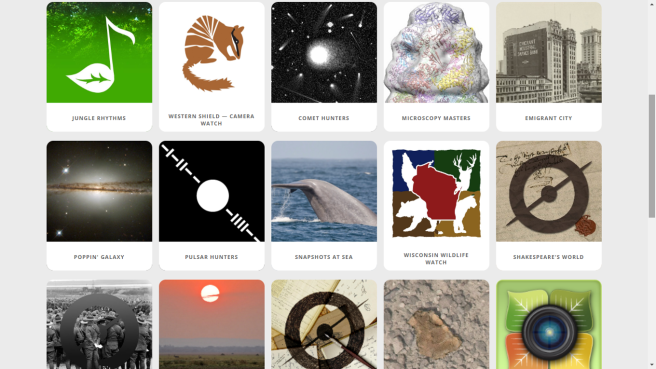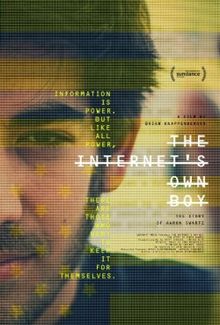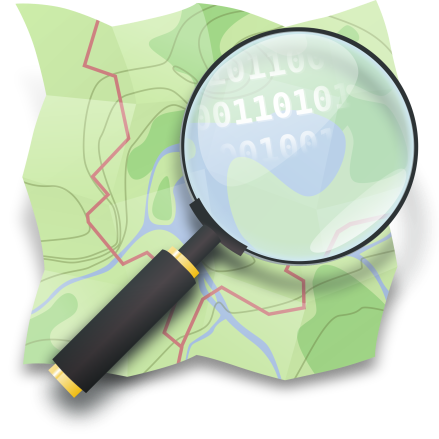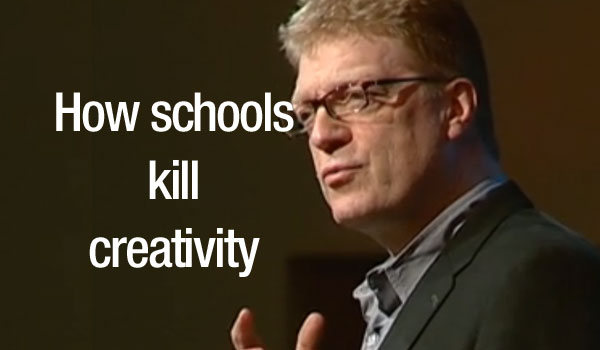My second Digital Tools & Methodologies assignment involved groupwork. We – Jadwiga, Niamh, Senan and Aisha – were required to explore a chosen dataset, interrogate it and, through visualisation, analyse it for a pattern, thus creating a curated digital narrative. We chose to examine the Leaving Certificate results statistics, to be found on the State Examinations Commission website and also here. With the aid of the DIRT Directory, we found several tools which we could use for the data, given its mainly numeric and temporal nature. These included Gephi, Dedoose, Sylva, RAW Graphs and VIDA. After exploring each of these tools in turn, we opted for the latter two to use in our visualisations: both of them offer a wide range of options for visualising numeric data. For addressing the temporal nature of our data (we wanted to compare several years’ results), we decided to produce an interactive timeline in TimeMapper.
We sought to answer several questions that we asked about the data in relation to the Leaving Cert statistics. The data in spreadsheet format was difficult to interpret and analyse, and we hoped to expose the patterns hidden in it through visualisation and answer the questions that we asked.
In which subject do the most students achieve an A1?
In RAW, we experimented with various visualisations of the percentages of students who achieved A1s in the Leaving Certificate; the answer was rather surprising and reminded us that there is always a narrative surrounding the result. The above visualisation illustrates that Russian is apparently the easiest subject in which to achieve an A1, with 72.1% of those sitting the examination achieving the top grade. Does this mean that Russian is an easy language? It is not a widely-examined subject, with only 333 students – who are mostly native speakers, as Russian is not a school subject – sitting the examination. This leads us to suspect that the Russian examining board may be somewhat lax, as it does not take much pains to implement the well-known bell curve in order to ensure an appropriate standard of difficulty for students.
The visualisation also shows which examining boards are the most vigilant at implementing the bell curve; our suspicions that the more popular subjects would be on this list – such as Irish, English and Mathematics – are proved correct.
Which subjects are boys and girls respectively better at?
The above doughnut charts give us some thought-provoking answers. Unsurprisingly, girls excel at languages and subjects such as Art and Home Economics, and boys do better in mathematical subjects; however, we were surprised to find the almost fifty-fifty balance between the sexes in subjects such as Chemistry, Accounting and Geography.
The above visualisations of subjects typically associated with certain sexes prove these “stereotypes” correct.
Is it true that Higher Level Mathematics is being “dumbed down”? To what extent has the introduction of additional points for Honours Maths influenced numbers of students?
In the first visualisation, produced in VIDA, we can clearly see the sudden jump from just over 800 students taking Mathematics at Higher Level in 2011 to over 1100 doing so in 2012. What could have encouraged such an enthusiasm for Maths? The explanation lies in the circumstance that, from 2012 onwards, 25 additional points have been awarded to those who pass Honours Mathematics, as an incentive for students not to drop to Ordinary Level. This decision led to protests that the Higher Level examination was being simplified in an effort to accommodate the weaker students, who would normally have dropped to Ordinary Level. We decided to investigate whether this objection was valid and produced a visualisation in VIDA to map the proportion of grades from A1 – C1 from 2009 to 2016 achieved. As can be seen, there was definitively a smaller proportion of A1s in 2012 (3.4%) compared to previous years (5.7% in 2011 and 7.5% in 2010) – but, after this drop, it again rises in the next few years, even though the number of students continues to increase. This points us to the conclusion that, in an effort to ensure that grades correlate to the bell curve distribution, the examining board has indeed lowered the level of Higher Maths, thus rendering it easier for weaker students.
GCSE and LC Comparison – Evaluation
Interpreting data sets from both the UK’s GCSE examinations and the Irish Leaving Certificate (LC) examination proved interesting. We decided to compare subjects which are usually core or very common subjects in both examinations, such as Maths, English, German and French.
Taking the GCSE 2016 student performance analysis for these subjects and the 2016 LC subject results, patterns and similarities between the two could be identified. In RAW, the data from the various spreadsheets was first carefully dissected and then subsequently visualised. For the sake of simplicity, we chose the grade bracket of A1- A2 for LC subjects and A* – A for GCSE subjects.
Unexpectedly, the percentage of students attaining these grades were, for the majority of the subjects, on par. A number of factors had to be taken into consideration when evaluating and interpreting the visualisation. A greater number of students sat some of the GCSE subjects, and a larger number of students allows more room for a variety of both grades and abilities. To put this into perspective, 3657 pupils sat the Higher Level LC English paper while a staggering 513,285 students took the GCSE equivalent. There is a notable difference in the results of the Mathematics exam, in which a far greater percentage of students scored well in the LC exam than the GCSE one. We found this surprising as we were aware of Maths being taught at a higher level in the United Kingdom. This could be due to the fact that LC Mathematics has, as seen from our findings, been “dumbed down”.
Leaving Certificate French and German – Genders
This comparison of French and German results across a number of years unsurprisingly shows that females performed better on all occasions; however, it portrays this information in a fresh and engaging manner. What is notable is that French takes up a much greater amount of space on the diagram due to it being the only foreign language available in many smaller schools.
The following visualisation shows the proportion of females in comparison to the proportion of males who received A1’s in higher level Irish in the 2016 LC:
What is interesting with the languages in particular is that they are not a “gendered subject”, such as Home Economics, which has always had a larger number of female than male candidates. We will now examine a similar situation with another core subject, Mathematics.
Participation by sex in Higher Level Mathematics, 1930 – 2016
In order to map the overall progress in participation for both boys and girls in Higher Level Maths, we used examination results statistics from the Department of Education and Skills website, which contains statistical reports going back to 1924. This line chart once more validates the long-held observation that boys have a greater aptitude for mathematics than girls. Furthermore, a close correlation between the rise of the figures for boys and those for girls sitting the exam is noticeable. This led us to conclude that, with the exception of the post-WWII period, it is hard to say that girls were ever prohibited from taking the subject at Higher Level through discrimination – an assumption that is occasionally made nowadays .
Additionally, it is easy to understand why the 25 extra points for passing Higher Level Maths were introduced in 2012 – the total number of students doing Honours Maths steadily fell after 2001. One is wont to wonder: why? Did the Celtic Tiger make us lazy?
The temporal nature of the dataset we chose prompted us to create a timeline of our visualisations in TimeMapper and add a story to explain the figures. The keywords feature of this tool allowed us to curate our digital narratives according to both time and theme.
The answers to our questions were only part of what we learned. We also gained experience in working with real-world datasets: the spreadsheets of statistics provided by the www.examinations.ie contained vast quantities of data, which could not be entered unprocessed into a visualisation tool. We had to know what statistics we were looking for, often extracting the appropriate figures into a separate spreadsheet. Since Excel spreadsheets could not always be directly imported into the tool, we also became more aware of working with various file formats, such as CSV, TSV and JSON.
Another challenge that we encountered was determining the correct visualisation method for the data we were handling. We learned to stop and consider which ones accurately and truthfully presented the data being handled. We remembered to keep in mind that we were the ones looking for the answers, not inventing them.
Like the visualisation showing Russian as being the “easiest” subject, we gained a better understanding of how statistics and aesthetically-pleasing visualisations can be misleading when one lacks the narrative surrounding it. This narrative is the key to data; but data is also key to a good narrative. The close interconnectedness of the two requires careful handling so as not to distort the objective truth. Digital tools greatly aid us in this task, as they enable us represent multiple aspects (theme, sub-theme, chronology) of the narrative in a single interactive visualisation.
Links:
http://www.education.ie/en/Publications/Statistics/Statistical-Reports/
http://timemapper.okfnlabs.org/
http://www.bstubbs.co.uk/gcse.htm
http://www.education.ie/en/Publications/Statistics/Statistical-Reports/

 e
e







